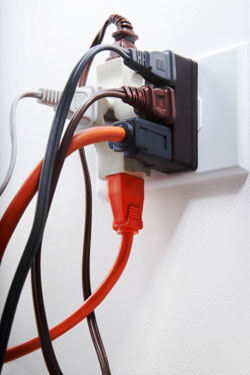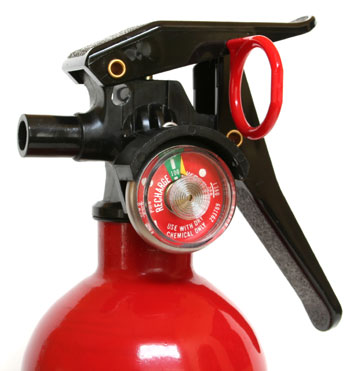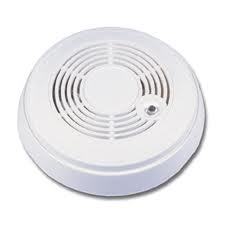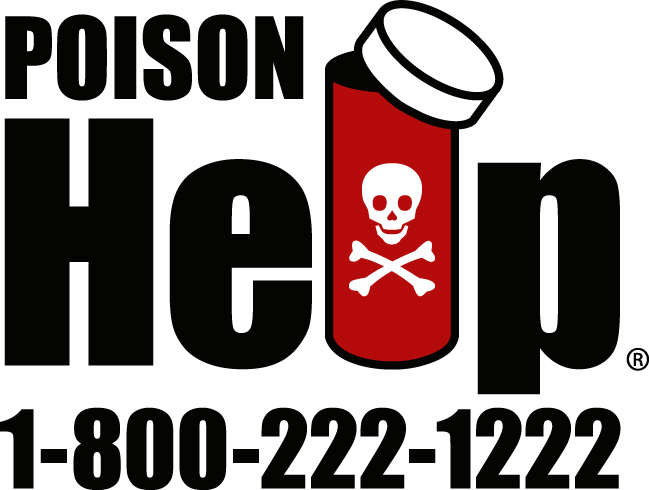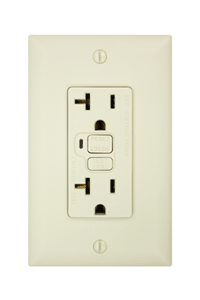 Every parent wants to protect their children from harm and to keep them safe. We don’t want children to suffer any pain, whether it’s from a common cold or broken bone.
Every parent wants to protect their children from harm and to keep them safe. We don’t want children to suffer any pain, whether it’s from a common cold or broken bone.
In an effort to raise parents’ awareness about the leading causes of child injury in the United States and how they can be prevented, the Centers for Disease Control and Prevention (CDC) has launched the Protect the Ones You Love initiative.
Parents can play a life-saving role in protecting children from injuries. Protect the Ones You Love is dedicated to sharing information on the important steps parents can take to make a positive difference.
It’s important to take action, because most child injuries can be prevented.
Many people don’t realize it, but the numbers show that:
- Injuries are the leading cause of death in children ages 19 and younger.
- Each year, nearly 9 million children aged 0 to 19 years are seen in emergency departments for injuries, and more than 9,000 children die as a result of being injured.
- Injury treatment is the leading cause of medical spending for children. The estimated annual cost of unintentional child injuries in the United States is nearly $11.5 billion.


